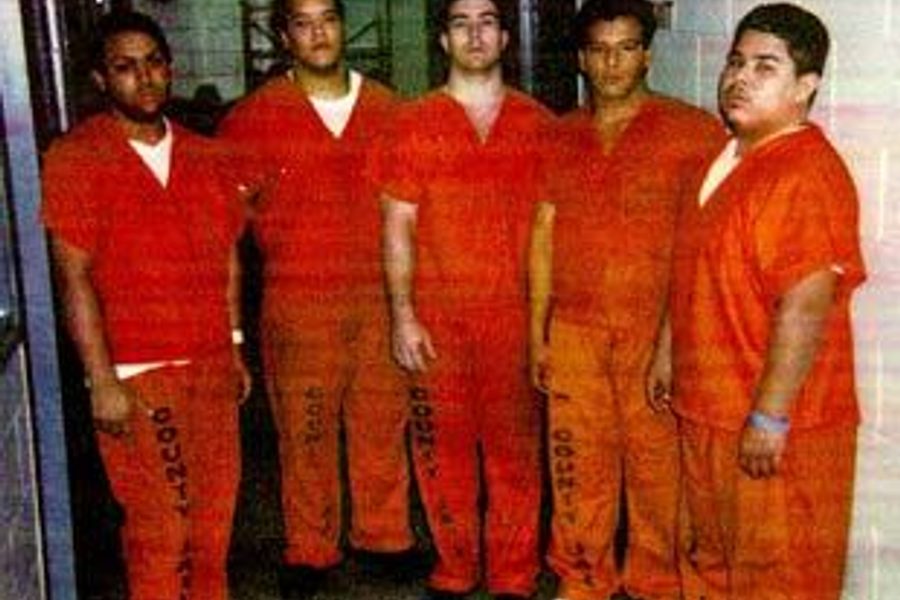
In the mid-’90s, inspired by a spate of DNA exonerations, academics began to study whether eyewitness identifications using traditional police lineups were less reliable than previously believed and found that a different lineup protocol appeared to be more dependable.
So Sheri Mecklenburg, general counsel to the Chicago Police Department, and Ebbe Ebbesen, a psychology professor at the University of California at San Diego, decided to test it. Their one year field study, conducted in three different-sized Illinois cities – Chicago, Evanston and Joliet – was Mecklenburg’s idea. As counsel to the police department, she says, “I want them to do the best job they can, and they want to do the best job they can. I’m not against any improvement.”
However, the Illinois results appear to prove that the old method produces more correct identifications than the new. Mecklenburg and Ebbesen went straight to the press – but withheld their methodology, usually a point of pride for any academic inquiry.
The research Mecklenburg and Ebbesen tested had been done by Gary Wells, a psychology professor at Iowa State University, who began studying eyewitness reliability more than 30 years ago and has published more than 100 studies. His laboratory studies found that a new lineup method called “sequential double-blind,” in which witnesses are shown suspects one by one by an administrator who does not know who the “real” suspect is, is more reliable than the traditional “simultaneous, non-blind” protocol, in which the lead detective shows eyewitnesses a row of people with one true suspect.
Wells was not consulted for the Illinois study and expresses concern about its results. In laboratory studies involving multiple variables, every variation is tested separately so that the researcher can be sure which variable causes which result. “The whole idea behind using double-blind procedures, whether it’s simultaneous or sequential, is that [in the old protocol] a non-blind administrator is influencing the test,” Wells says.
When the results of the field test were published, the National Association of Criminal Defense Lawyers (NACDL) and the MacArthur Justice Center asked Mecklenberg and Ebbesen to disclose their methodology. After failing to get responses after nearly a year, both groups filed Freedom of Information Act (FOIA) requests on Feb. 8, demanding documentation of the field test’s methodology.
“Because they are refusing to share their statistics, it makes you think there is something they don’t want to show,” says Martin Pinales, president of the NACDL.
According to Locke Bowman, author of the FOIA request, Mecklenburg says she is withholding trial results due to concerns about privacy, but he believes easy steps could be taken to maintain confidentiality. Like Pinales, Bowman wonders if Mecklenburg has something to hide.
“It was a very surprising outcome, and what it did was to justify the status quo, [which] is one that has produced a significant number of misidentifications,” he says.
Indeed, Northwestern University’s Center on Wrongful Convictions found that, in Illinois alone, erroneous eyewitness identifications led to the wrongful convictions of 54 innocent people. Nationwide, 75 percent of the approximately 200 wrongfully convicted prisoners who have been exonerated by DNA testing had been mistakenly identified by eyewitnesses, according to researchers at Yeshiva University’s Innocence Project, a nonprofit law firm that works DNA exoneration cases for convicts who claim they are falsely imprisoned.
“What’s lost in these write ups [of the Illinois study] is that ‘suspect’ does not mean ‘guilty party,’ ” says Wells. “With the sequential double-blind lineup, you would get more picks that are accurate. With the simultaneous double-blind, they might get more picks, but they could be the wrong picks.”
Mecklenburg was disappointed with Wells’ response. “This is an interesting, important study,” she says. “It’s got real-life data and we all need to look at it to see what it means. All of these theories and hypotheticals, you can’t make a policy based on that. I don’t know that real life can ever satisfy an academic.”
The question is not merely academic. Sometimes, eyewitnesses are trying to find criminals from lineups that contain none. According to Innocence Project Policy Analyst Rebecca Brown, every convict that the project has exonerated was identified in a lineup that did not include the true perpetrator.
“The suggestion is made in the analysis that there is less ‘incorrect’ identification in the traditional method, but that begs the question of whether that’s a police perception,” says Bowman. “What is of concern to me as a lawyer is that around the country, this study is being cited and used in the argument that traditional methods shouldn’t be changed.”







